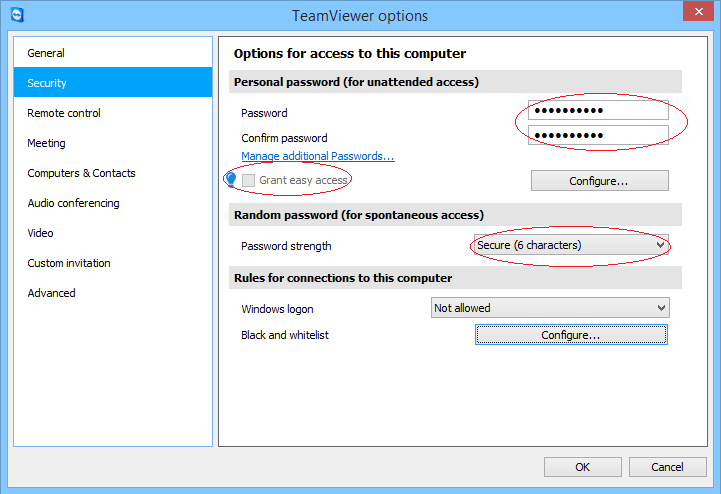If you use Twitter, reddit, Amazon, Tumblr, Spotify or Netflix, you may have noticed that they were slower than usual for parts of yesterday. That’s because the affected sites and services use Dyn, a DNS service provider, and Dyn was hit by two huge DDoS attacks yesterday.
The attacks lasted for a few hours, and while they certainly affected a lot of people, they were no more than an inconvenience for most. Still, the surge in the number and size of these attacks is troubling.
Analysis of the attacks shows that they were made possible by the Mirai botnet, which uses a huge network of poorly-secured (and now compromised) DVRs and security cameras. Those are the same tools used in the recent krebsonsecurity.com and OVH DDoS attacks. The source code for Mirai was released to the public recently, which means just about anyone could have caused the Dyn attacks.
Update 2016Oct24: Dyn has released a statement about the attack on their systems, in which they clarify the timeline, and confirm that the Mirai botnet was involved. Meanwhile, security expert Bruce Schneier doesn’t believe that the recent attacks were perpetrated by a state actor such as China. He also doesn’t think they were related to the probing attacks he reported earlier. But he is concerned that the attacks will continue to grow in size and frequency, because nobody involved is motivated to fix the problem.
Chinese device maker Hangzhou Xiongmai has issued a recall for several of its webcam models that were used in the attacks. However, they are only one company out of hundreds (maybe thousands?) of companies producing poorly-secured IoT devices.
Update 2016Oct25: According to Brian Krebs, Xiongmai has also made vague legal threats against anyone issuing ‘false statements’ about the company. This is presumably part of a PR effort to improve the company’s image in the wake of the attacks, but it’s hard to see how this will help anyone. The company’s main objections apparently relate to statements by Brian Krebs and others about users’ ability to change passwords. Testing has shown that back-door, unchangeable passwords exist on some of the affected devices.
 boot13
boot13
